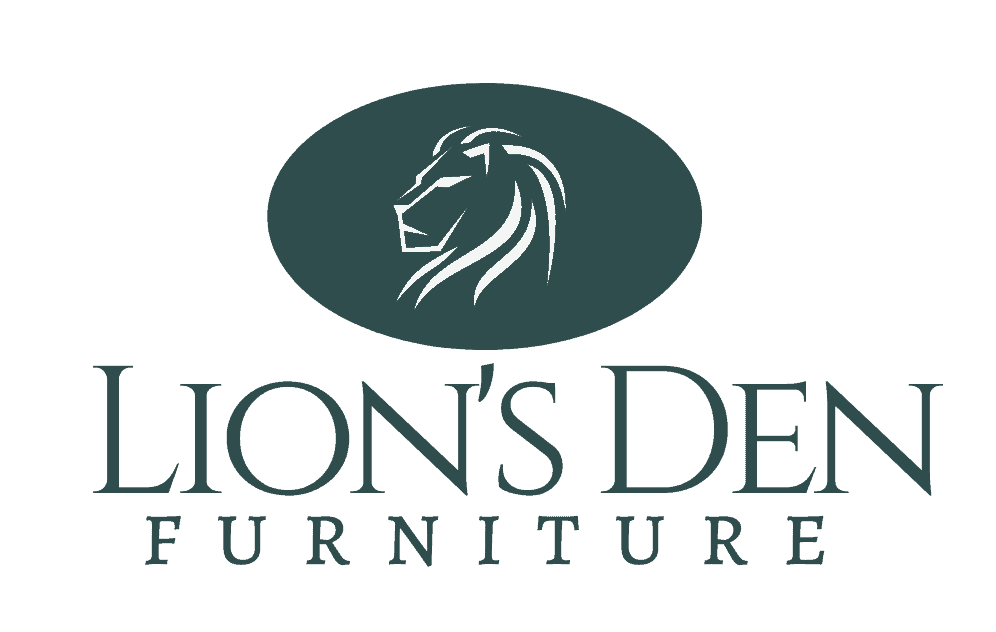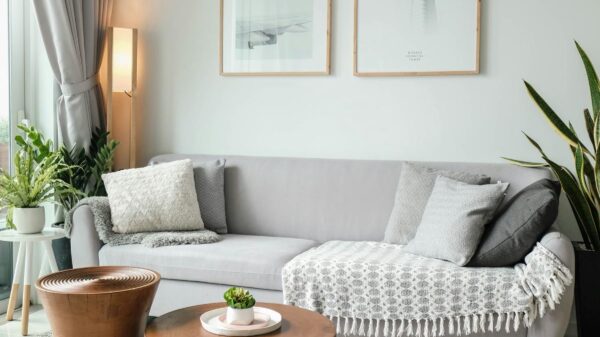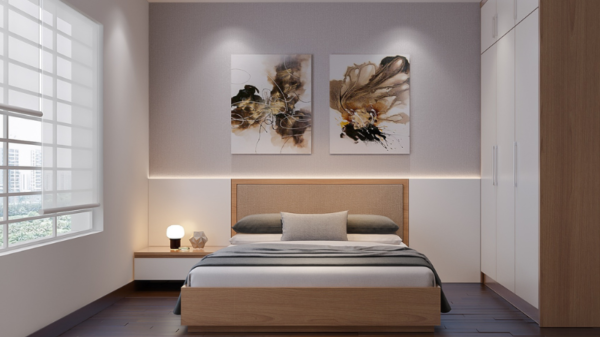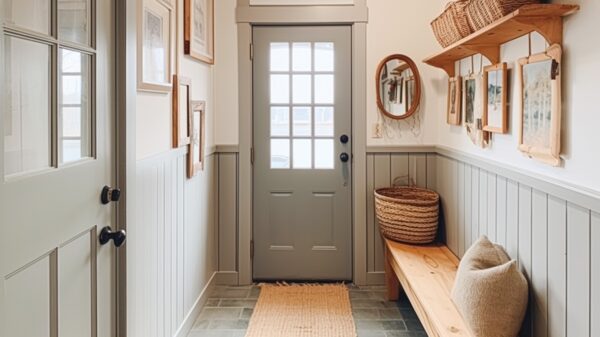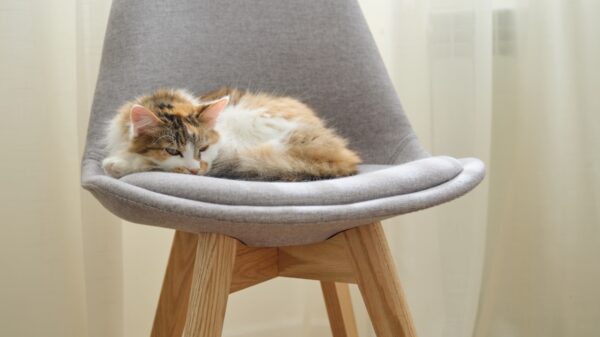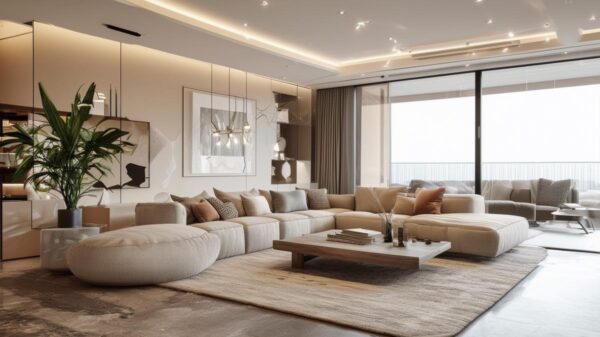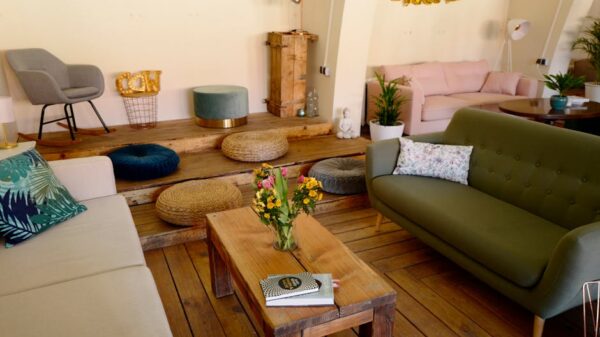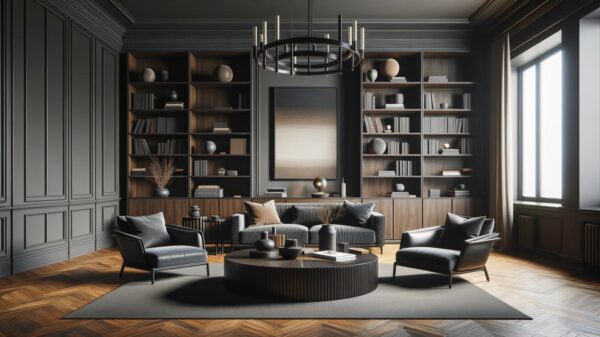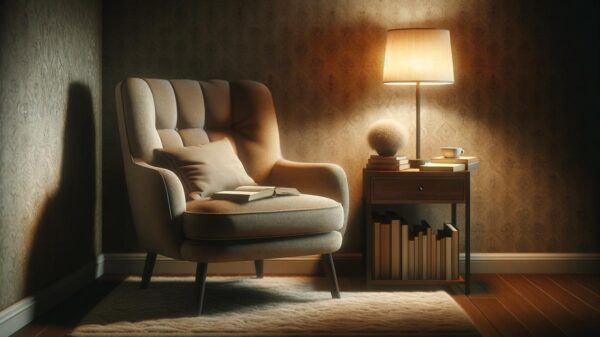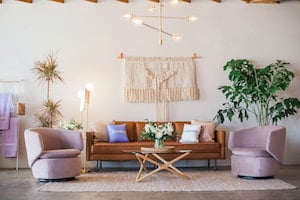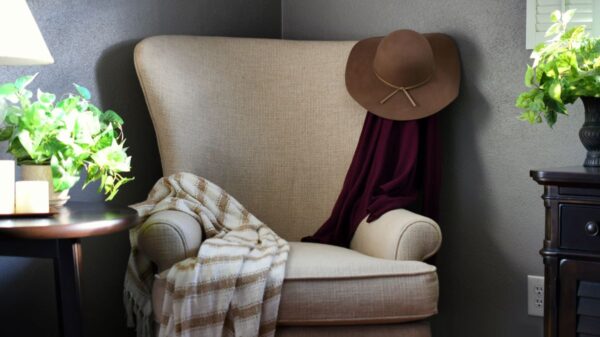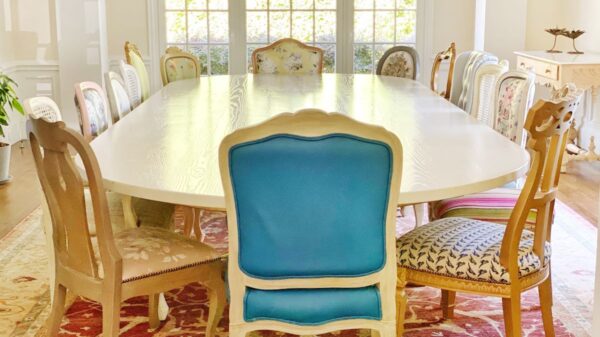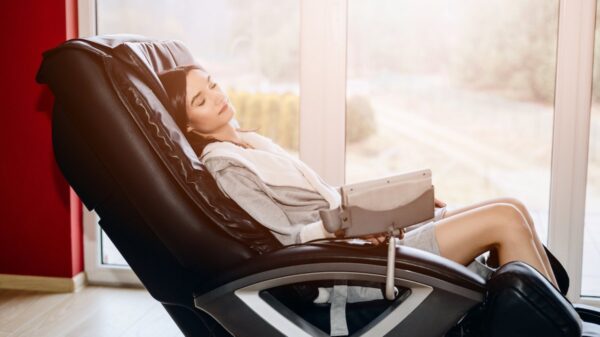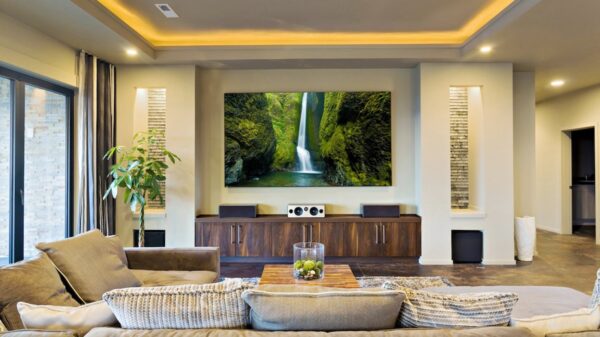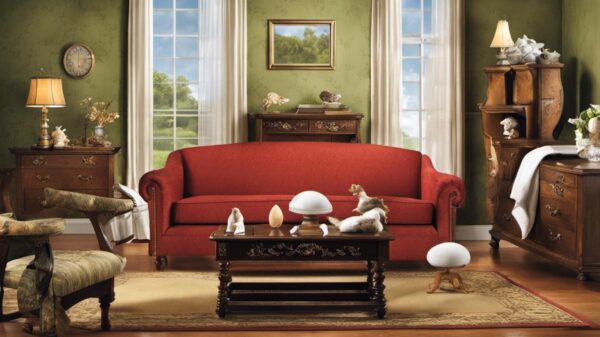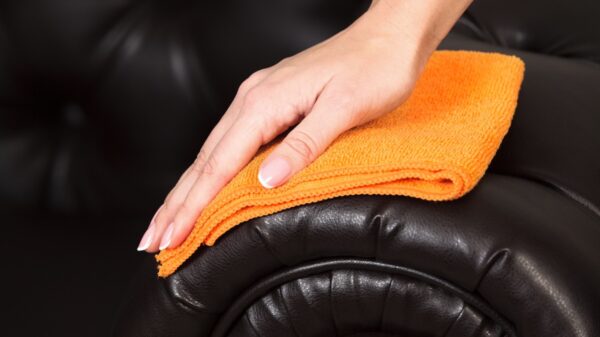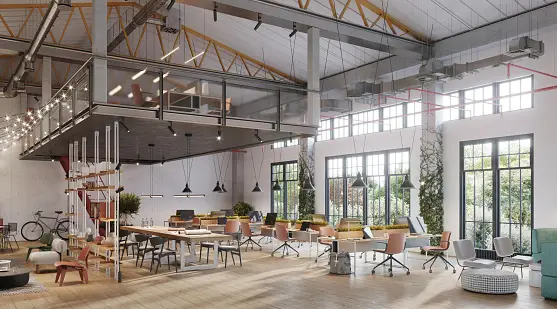Aesthetic Office Furniture: Making a Statement
The Role of Aesthetics
Aesthetics play a vital role in setting the tone of your office space. Your choice of colors, materials, and design styles can convey a message to both employees and clients. Let’s explore why aesthetics are crucial in shaping the atmosphere and functionality of an office:
- First Impressions: Aesthetics are the first thing visitors and employees notice when they enter your office. A well-designed and aesthetically pleasing workspace creates a positive first impression. It communicates that your company cares about its image and pays attention to detail.
- Employee Morale: The aesthetics of an office have a direct impact on employee morale and well-being. A visually appealing workspace can boost employee satisfaction, motivation, and creativity. People tend to work more productively in environments they find visually pleasing.
- Branding and Identity: The aesthetic choices in your office design can reflect and reinforce your company’s brand and identity. The color schemes, furniture styles, and overall design should align with your brand’s values and messaging, helping to establish a consistent and memorable identity.
- Client Perception: A well-designed office space can also influence how clients perceive your business. It can convey professionalism, reliability, and success. Clients may be more inclined to trust and do business with a company that maintains an attractive and organized workspace.
- Productivity and Efficiency: Aesthetics are not just about looks; they can also affect how efficiently your employees work. Thoughtful design can optimize the layout for better workflow and functionality, reducing distractions and improving productivity.
- Creativity and Innovation: A visually stimulating environment can inspire creativity and innovation. Creative industries often prioritize aesthetics to encourage out-of-the-box thinking and problem-solving.
- Retention and Recruitment: A well-designed office can be a valuable asset when it comes to attracting and retaining top talent. Employees are more likely to stay with a company that provides a comfortable and visually appealing workspace.
- Wellness and Comfort: Aesthetics can contribute to the overall well-being of employees. Natural lighting, comfortable seating, and aesthetically pleasing decor can create a more comfortable and inviting atmosphere, reducing stress and enhancing overall wellness.
But while we know that we need aesthetics, not all of us are good at identifying what works and what doesn’t. The truth is that is doesn’t have to be rocket science. Here are a couple of things to keep in mind.
Harmonizing Colors and Styles
Selecting the right color palette and design style can make or break the aesthetics of your office. Ensure that your furniture complements the overall theme of your workspace.
Ergonomic Designs and Comfort
Aesthetics shouldn’t compromise comfort and functionality. Discover ergonomic furniture that provides both style and comfort for your employees.
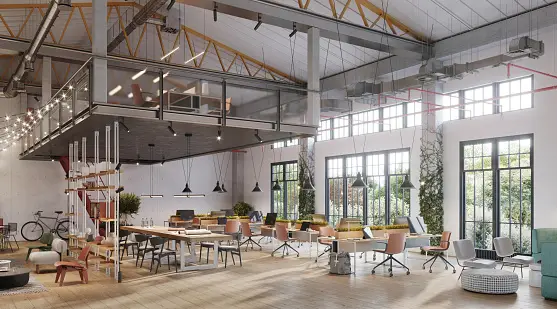
Functional Office Furniture: Maximizing Efficiency
Functionality is undeniably important in an office setting, and its significance often surpasses that of aesthetics. Here’s why functionality holds a critical role and why it can be considered more important than aesthetics in many cases:
- Productivity and Efficiency: The primary purpose of an office is to facilitate work and tasks. A functional office layout and furniture arrangement can significantly enhance productivity and efficiency. Ergonomic desks and chairs, efficient storage solutions, and easy-to-navigate spaces contribute to a smooth workflow.
- Employee Well-Being: A functional office prioritizes the well-being of employees. Ergonomically designed furniture and equipment reduce the risk of physical discomfort and health issues, such as back pain or repetitive strain injuries. A comfortable workspace promotes employee satisfaction and long-term health.
- Adaptability: Functionality allows an office space to adapt to changing needs. As businesses evolve, the office may need to accommodate new employees, technologies, or work processes. Flexible and functional furniture can be rearranged or repurposed as required, ensuring that the workspace remains effective.
- Cost-Effectiveness: A functional office can lead to cost savings. Efficient layouts and storage solutions maximize the use of space, potentially reducing the need for additional square footage. Additionally, functional furniture may have a longer lifespan, decreasing replacement costs.
- Safety: Functionality is closely linked to safety. Cluttered or poorly organized spaces can create safety hazards, such as tripping or falling. Functional design ensures that pathways are clear, emergency exits are accessible, and electrical setups are safe.
- Client and Customer Interaction: While aesthetics can influence client perception, functionality plays a crucial role in client interactions. Meeting rooms, reception areas, and collaborative spaces need to be well-equipped and easy to navigate, enhancing the client’s overall experience.
- Compliance and Regulations: Many industries have specific regulations and requirements for office spaces. Functionality is often a primary consideration to meet these standards, ensuring that the office is compliant with legal and safety guidelines.
- Long-Term Viability: While aesthetics can become dated over time, functional office elements tend to have a longer shelf life. Investing in functional furniture and design can provide value for years to come, making it a more sustainable choice.
Again, we cannot set up the perfect functional office, but we can look at a few areas to help.
Prioritizing Ergonomics
Functional office furniture should prioritize ergonomics. Explore how adjustable chairs and standing desks can enhance productivity and employee well-being.
Storage Solutions
Efficiency in the workplace is closely tied to storage solutions. Learn about innovative storage options that keep your office organized and clutter-free.
Multi-Purpose Furniture
In smaller office spaces, multi-purpose furniture can be a game-changer. Discover desks that can double as whiteboards or chairs with built-in storage.
While aesthetics certainly contribute to the overall atmosphere of an office, functionality takes precedence because it directly impacts the ability of employees to perform their tasks efficiently and comfortably. However, the ideal office strikes a balance between functionality and aesthetics, creating a space that supports work and inspires and motivates those who inhabit it.
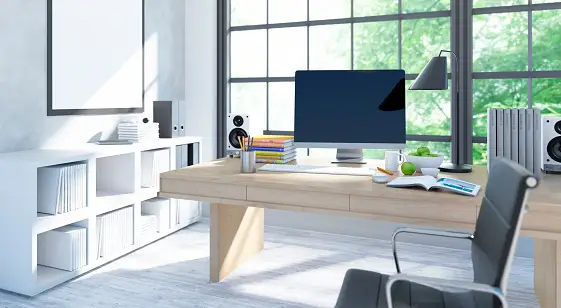
Balancing Act: Integrating Aesthetics and Functionality
The Perfect Layout
Creating the right layout is essential. Learn how to arrange your furniture to optimize space and enhance aesthetics.
Lighting Matters
Proper lighting can transform the atmosphere of your office. Explore how lighting fixtures can be both functional and stylish.
Green Office Furniture
Sustainability is a growing concern. Discover eco-friendly furniture options that align with your office’s aesthetic and functional needs.
The Perfect Balance Can Exist
As we’ve learned, the aesthetics of an office space extend far beyond mere visual appeal. They serve as the initial point of contact, leaving lasting impressions on employees, clients, and visitors alike. A well-thought-out aesthetic design communicates professionalism, aligns with brand identity, and bolsters employee morale. It has the power to set the tone, create positive atmospheres, and influence productivity.
In the grand scheme of office design, functionality often takes precedence over aesthetics. A workspace that is impeccably functional can weather the test of time, support growth, and comply with regulations. It is a strategic investment in the long-term success of a business, promoting adaptability and cost-efficiency.
However, it would be remiss to disregard the importance of aesthetics altogether. A tastefully designed office, rich in aesthetics, contributes to a positive work environment, fosters creativity, and plays a significant role in branding and identity. The perfect office strikes a harmonious balance, leveraging aesthetics to create an inspiring backdrop for functional excellence.
The art of balancing aesthetics and functionality in office furniture is a multifaceted journey. It requires thoughtful consideration, meticulous planning, and a deep understanding of how these two elements intertwine. By prioritizing functionality, businesses can create workspaces that empower their employees, support their growth, and ensure safety and compliance. Simultaneously, by embracing aesthetics, they can leave an indelible mark, reflecting their values, culture, and commitment to excellence.
The lesson we glean from this exploration is clear: neither aesthetics nor functionality should dominate the design process; instead, they should complement and enhance each other. In pursuing the ideal office space, let the principles of aesthetics and functionality dance in harmony, creating an environment that epitomizes beauty and utility.

